IELTS Listening Score – Improve and Achieve Your Score
Getting a high IELTS Listening score isn’t as complicated as the other parts of the IELTS test.
However, you can lose some marks if you don’t fully understand how it works.
In this lesson, you’ll learn how to get the best score with your current ability and how to improve your IELTS Listening score.

Contents
- IELTS Listening Test Overview
- Achieving a High IELTS Listening Score
- Improving Your IELTS Listening Score
Prefer to watch the video version?
IELTS Listening Test Overview
The IELTS Listening test is the same for Academic and General Training IELTS.
It takes approximately 30 minutes, and the audio is played one time only.
There are 4 sections that get progressively more difficult, and each section has 10 questions.
In the recording, the answers come in the same order as the questions. So, for example, you will hear the answer to Question 1 first and the answer to Question 2 second.

Typically, Sections 1 and 3 have two speakers, while Sections 2 and 4 have one speaker.
After the last section, you get 10 minutes to transfer your answers to the answer sheet in the paper-based IELTS test.
For the computer-based IELTS test, however, your answers are added directly to the question sheet, so you have just 2 minutes to review at the end.
Nowadays, you’ll find the word Part used instead of Section in the IELTS Listening Test.
Achieving a High IELTS Listening Score
In this part of the lesson, we’ll look at how to do the test to get the best possible IELTS Listening score.
Before The Recording
The Introduction
At the beginning of each section, there is an introduction that provides you with some important information.
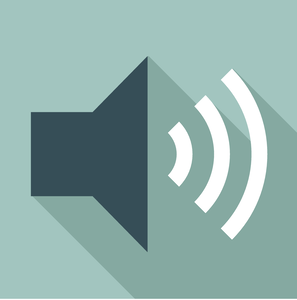
1. The Context
The introduction includes a brief description of what the recording is about.
You should listen to this because it will give you a better understanding of what’s coming, making it easier to follow the recording.
2. Which Questions to Check
Sections 1 to 3 have breaks in the middle of each recording, and the introduction states when the break will be.
Therefore, the introduction also explains which questions to focus on now and which ones to leave until the break.
For example, if it says, “First, you have some time to look at questions 1 to 6,” you can ignore the other questions in the section until later.
3. The Speakers’ Genders
In sections 1 and 3, there are usually two people in the recording.
This is usually a conversation between one man and one woman, and the introduction states the gender of one of these people.

This information makes it easier to follow these sections, find the answers, and get a higher IELTS Listening score.
Analysing the Questions
Next, you have approximately 30 seconds to analyse the questions.
However, 30 seconds isn’t enough time to read through all the questions, so being strategic is vital.
You can follow these steps;
1. Check the Instructions
Firstly, we must read the instructions for each question type carefully to ensure we understand what is required.
For instance, you may need to select a letter, like in this Labelling a Map Question.

Or, you may need to write down words you hear in the recording like this Form Completion Question.
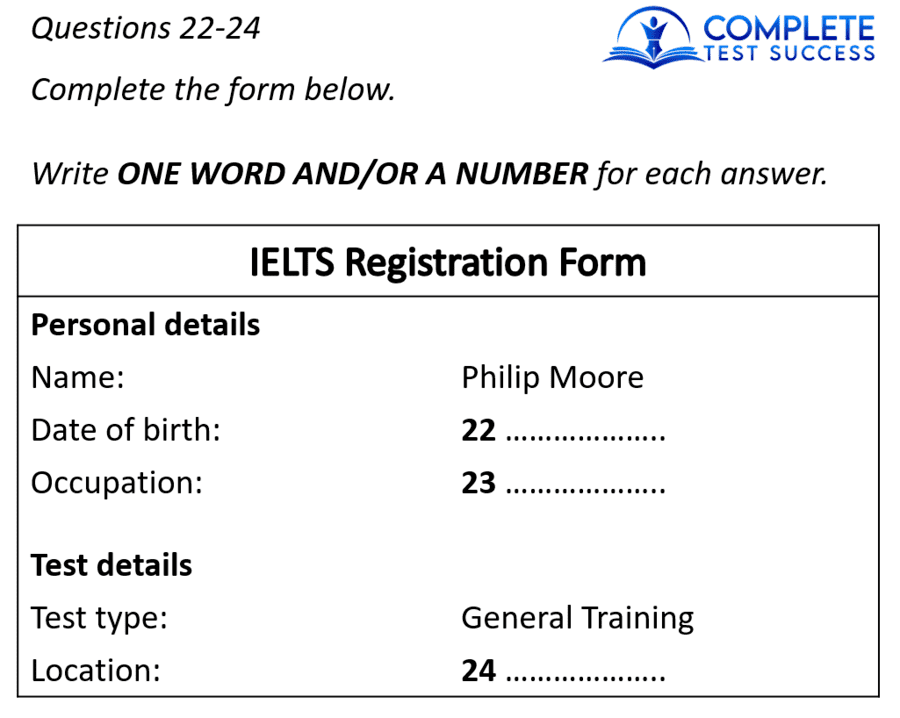
2. Check The Organisation
For some question types, you’ll also need to look at how the information is organised.
In the Table Completion Question below, for example, reading the top row and the left column clarifies how the information is organised.
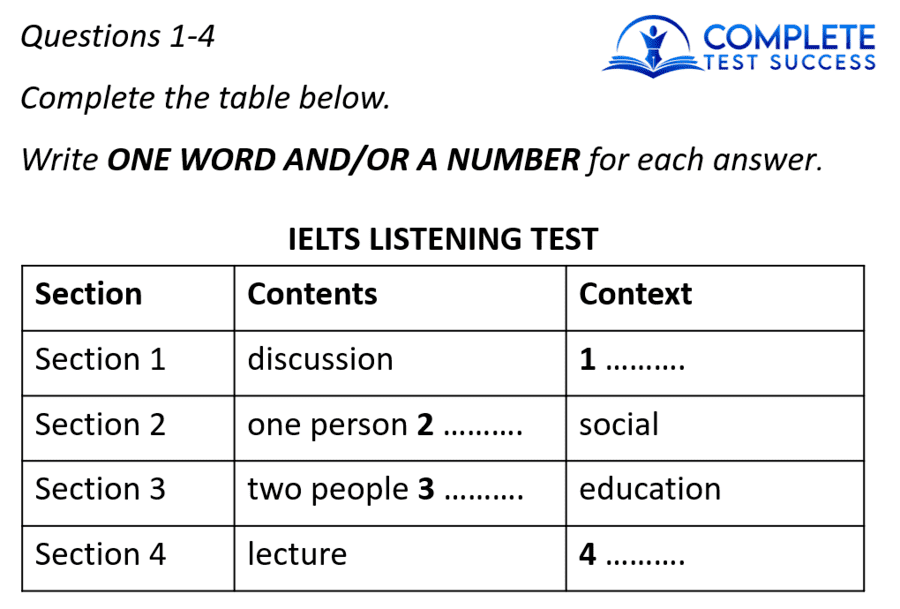
3. Read The Questions
Start with the first question, and read as many as you can.
You won’t have enough time to read them all, and we will look at how to overcome this issue in the next part of the lesson.
However, you should be aware that Multiple-Choice Questions, like this one, can have very long options to choose from.

Initially, focus on reading the questions, and we can look at the options after the recording starts.
The exception to this is when you have Multiple Answer Questions, like this one where you have to choose more than one of the options.
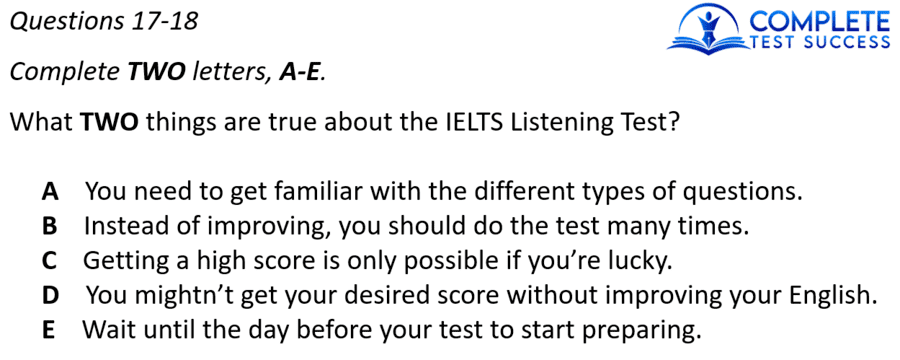
For these question types, it’s helpful to read all the options in advance; otherwise, you won’t know what information you’re listening for.
During The Recording
Once the recording starts, you need to do a combination of listening, reading, and writing.
That’s really what makes it so challenging to get a high IELTS Listening score.
You can make this process as easy as possible by following the advice below.

1. Missing an Answer
Once the recording starts, turn all your attention to Question 1 and Question 2.
Because the answers come in order, you’ll hear the answer to Question 1 first.
However, in case you miss the answer to Question 1, it’s essential to know what information you need for Question 2 as well.
If this happens, you’ll instinctively want to guess the answer to Question 1, but you must focus on Question 3 at this point in time.

At the end of each section, there is time to go back and guess any answers you missed and hopefully improve your IELTS Listening score further.
2. When to Read
In the recordings for each section, the speakers discuss one topic at a time.
This means that they will completely finish with one topic before moving on to the next.
While the speaker is introducing a new topic, that is a good opportunity to read and prepare for the upcoming questions.
For example, in this Matching Question, after discussing ‘sections‘, the speaker will introduce the topic of ‘questions‘.
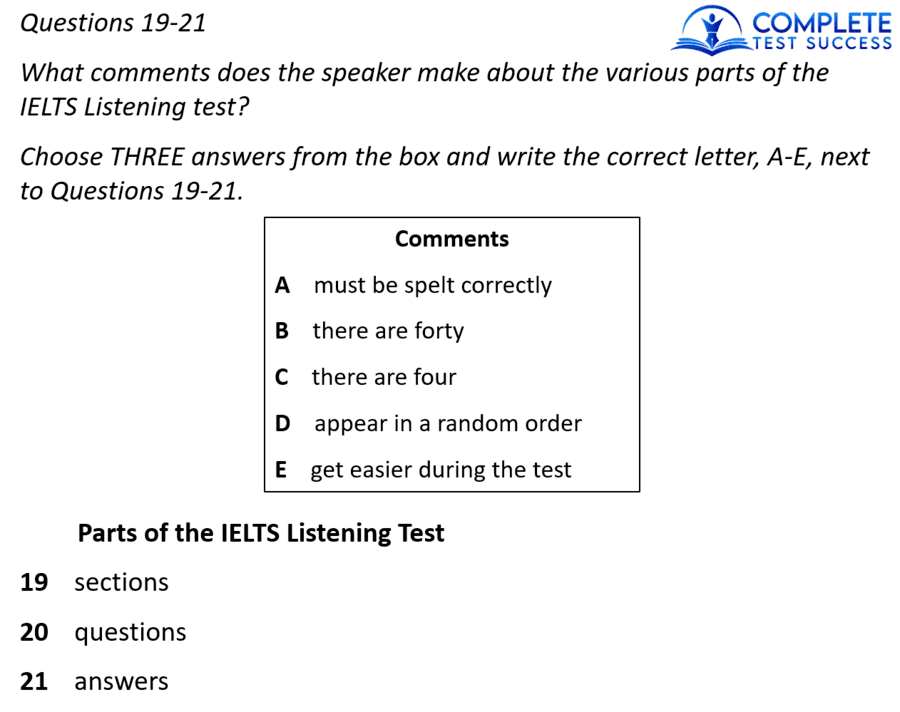
However, while reading the questions, you must continue to listen to the audio.
It’s impossible to do both simultaneously, so you must switch back and forth between the two.
Every few seconds, briefly listen to the recording so that you continue to follow it and to check when you must start listening carefully again.
3. Distractors
Cambridge uses distractors to distinguish between candidates with a higher IELTS Listening score.
Distractors are basically ways to trick you into choosing an incorrect answer.
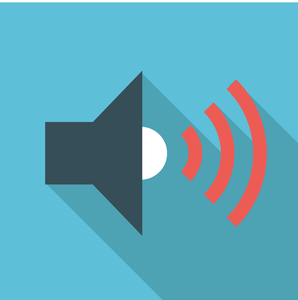
One type of distractor is when the speaker directly answers the question but later changes the answer.
For example, they could say, “It’s at 1 o’clock on Tuesday. Oh! Actually, I meant to say 2 o’clock on Wednesday.”
This is why it’s important to continue listening until the topic has been discussed completely.
Another type of distractor is when the speaker mentions all of the options in a question.
For example, in this Flow Chart Question, the words exam, begin, staff, look, waiting and examiner could all be used in the recording.
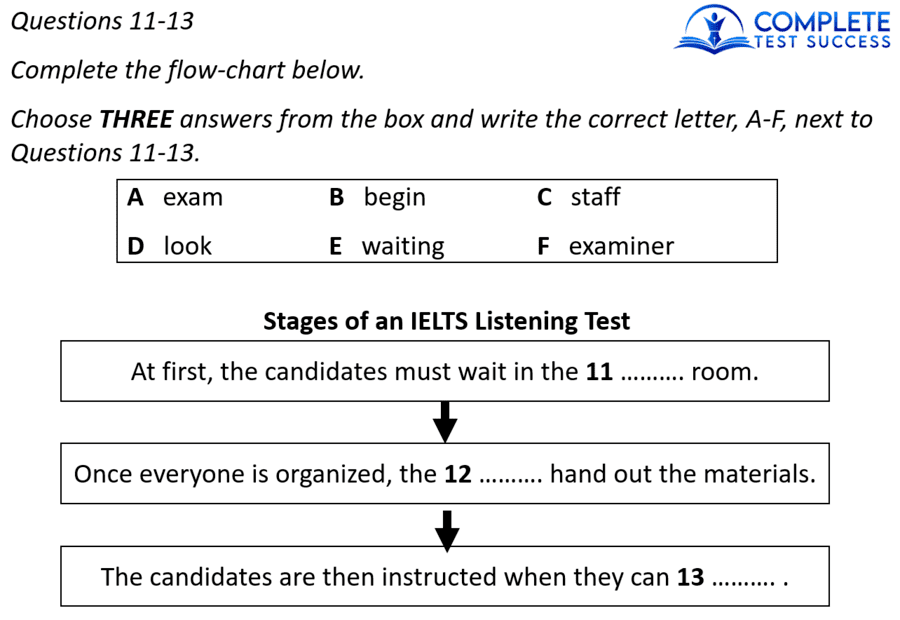
4. Predicting Answers
Predicting answers is beneficial for your IELTS Listening score, especially when the question requires you to write down words you hear in the recording.
To do this, use the context of the recording and whatever other information you can glean from the question to guess what the answer will be.
By predicting, you are more likely to hear the information you need because you’re focusing on whether your prediction is right or wrong.
In this Note Completion Question, for instance, we know from the instructions and the sentence structure that Question 14 is a one-word plural noun.

Then, considering it’s under the heading ‘Overview’ and that they get more difficult, we can predict that the answer is ‘sections’ or ‘parts’.
Even if our prediction is wrong, it doesn’t matter. Just the act of doing this helps us to listen more closely for the answer.
After the Recording
Once the recording for each section ends, you are given 30 seconds to check your answers.
During this time, check your answers for grammatical accuracy, check your spelling and confirm that all your answers are within the word limit.

Even if you know the correct answers, it won’t improve your IELTS Listening score unless those things are right.
This is also an excellent opportunity to guess any answers that you didn’t hear because the content of the recording will still be fresh in your mind.
Improving Your IELTS Listening Score
What you must do to improve your IELTS Listening score depends on what mistakes you’re making.
This is why you must first do a practice listening test and then analyse all your incorrect answers to determine the mistake you made.
When analysing your mistakes, you should have the question sheet, answer sheet, answer key and transcript in front of you.

All of your mistakes will either be related to exam techniques or your language ability.
Exam Technique Mistakes
These types of mistakes are easier to overcome as you simply remember what you did wrong and make sure that you never repeat the mistake again.
Here are some examples of this type of mistake;
1. Following Instructions Incorrectly
You may have written the word instead of the letter as you were instructed.
Or, perhaps you wrote two words when you were instructed to write no more than one.

2. Losing Track
You were focusing on the questions when you should have been listening to the recording.
3. Unfamiliar Format
When you first start practising, you need to get used to the format of the test and the format of the question types.
If you’re making mistakes because you’re still unfamiliar, this just requires more practice.
Language Ability
If your incorrect answers are because of your language ability, doing more practice tests will not improve your IELTS Listening score.
Instead, you must identify the specific language problem you’re having and work on that.

Here are the typical problems and how to overcome them.
1. Accent
Some candidates get answers wrong because they are unfamiliar with the accent of a speaker in the recording.
Most often, candidates are unfamiliar with the Australian accent, so you can watch more Australian TV shows and movies to overcome this.
2. Spelling Mistakes
Even if you know what the correct answer is, it will be marked as incorrect if the spelling is wrong.
To improve your spelling, find your spelling mistakes by using a spell checker on your writing, then record and learn these words.

3. Can’t Understand
If you’re not getting the IELTS Listening score you need because you don’t understand the recordings or questions, you definitely need to improve your English.
You can follow my Vocabulary Improvement and Grammar Improvement Strategies to help you with this.
4. Losing Focus
If you’re unable to focus for the whole test, you probably don’t listen to English regularly.
This means that your brain is exhausted from doing something new for so long.

The solution, of course, is to start listening to English more often.
Make sure to watch videos that are 30 minutes or longer to practise following longer recordings.
5. Reading Speed
One of the biggest challenges of the listening test is how difficult it is to read the questions and listen to the audio at the same time.
One way to make this easier is to improve your reading speed to have more time to focus on the recording.
Reliable Resources
You absolutely must use reliable resources to help you get a high IELTS Listening score.
These will ensure that you know what types of questions and what level of difficulty to expect in the actual test.

They also allow you to determine if you’re able to get the IELTS Listening score you need or if you must improve further.
You can use this IELTS Listening score chart to determine your band score based on the number of correct answers in your practice test.

The practice listening tests published by Cambridge are the most reliable.
In fact, these books contain IELTS Listening Tests that have already been used in actual IELTS tests, so you know that they’re completely reliable.
However, in this series of books, numbers 1 to 4 are the old format of the IELTS Listening Test, so you shouldn’t purchase those.
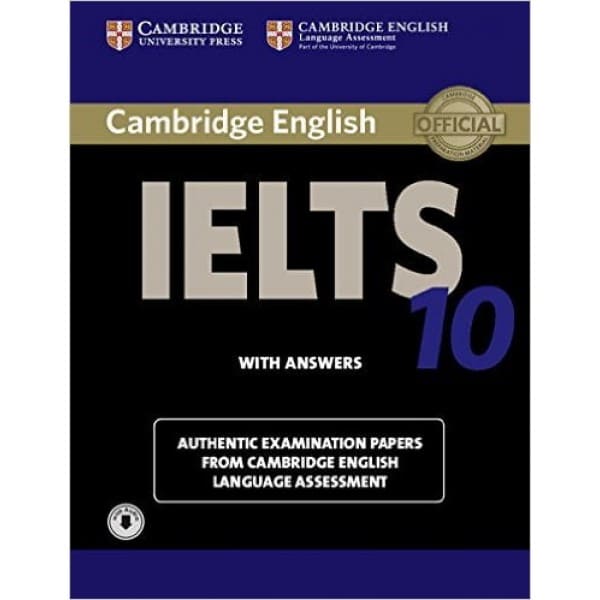
In addition, the IELTS Listening Test no longer includes an example at the beginning of Section 1.
That means any book before number 16 has an example, even though that won’t happen in your actual test.
What Now?
Now, it’s time to figure out your mistakes.
Do one practice listening test, figure out what you’ve done wrong and work on improving your weaknesses.
Here are some official practice materials in case you don’t have any Cambridge IELTS books yet.
- Listening Practice #1
- Listening Practice #2
- Listening Practice #3
- Listening Practice #4
- Listening Practice #5
- Listening Practice #6
- Listening Practice #7
- Listening Practice #8
- Listening Practice #9
- Listening Practice #10
If you’re doing the paper-based IELTS test, this is a copy of the answer sheet you’ll use in the test.
As well as improving your IELTS Listening scores, don’t forget to improve your IELTS Reading Scores and follow my guide for studying at home.
